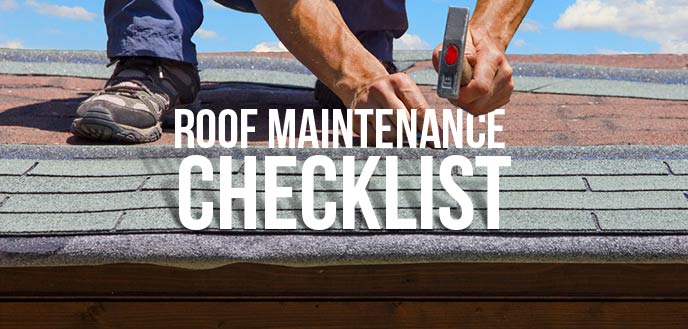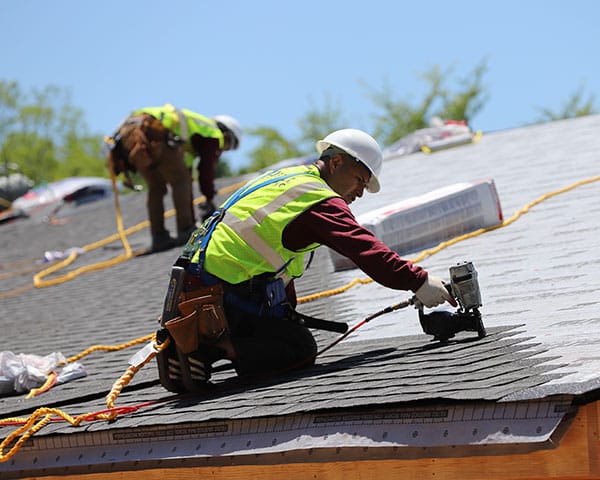High Quality Roofing Solutions for every single Home from Northeast Ohio Roofing Contractors
High Quality Roofing Solutions for every single Home from Northeast Ohio Roofing Contractors
Blog Article
A Comprehensive Guide to the Setup Process of a Skylight Roofing
The setup of a skylight roof covering is a diverse process that calls for precise planning and implementation to make sure ideal efficiency and aesthetic charm. Comprehending the subtleties of structural honesty and waterproofing is vital, as these elements directly influence the durability of your skylight.

Recognizing Skylight Kinds
When considering a skylight installation, it is necessary to understand the different types available, each developed to meet various aesthetic and functional demands. The most common kinds of skylights consist of fixed, vented, tubular, and operable models.
Fixed skylights are non-opening units that offer mostly to give all-natural light and improve indoor areas. Vented skylights, on the other hand, include a mechanism that enables them to open up, assisting in airflow and minimizing moisture levels.
Tubular skylights are portable and created to capture sunshine through a little dome on the roofing system, funneling it down a reflective tube right into the space. This type is beneficial for smaller areas or rooms that need extra light without endangering ceiling height. Operable skylights integrate both natural light and ventilation, making them functional in different settings.
Each skylight type offers special advantages, and the choice relies on aspects such as the intended use the area, regional environment, and architectural style. Hence, comprehending these alternatives is important for making an informed choice.
Getting Ready For Installment
Picking the appropriate type of skylight is just the start; sufficient prep work for setup is crucial for making sure an effective task. Prior to initiating the installation procedure, it is essential to analyze the architectural stability of the roofing where the skylight will be set up. This entails checking for any indicators of damages, such as rot or leakages, which may compromise the installation and lead to future problems.
Following, it is vital to intend the location of the skylight very carefully. Think about variables such as sunshine direct exposure, potential obstructions (like trees or surrounding buildings), and the overall aesthetic appeals of the space. Noting the area clearly will assist in envisioning the outcome and help protect against errors during installation.
Furthermore, evaluating regional building regulations and obtaining needed authorizations is important to guarantee conformity with policies. This step will assist avoid potential fines and ensure the safety and legality of the installation.
Devices and Materials Needed
A successful skylight setup needs a certain set of tools and products to make certain precision and efficiency throughout the procedure. Crucial devices include a tape action, degree, round saw, and utility blade, which are vital for accurate dimensions and cutting. A drill and suitable drill bits are required for producing openings for mounting braces, while a hammer and nails or screws are required for securing the skylight in place.
Along with devices, a number of products are essential for an appropriate installment. The skylight system itself have to be chosen based on the size and type appropriate for the roofing. Flashing kits, which are composed of steel pieces created to prevent water leak, are important for guaranteeing Home Page a water tight seal. Roof concrete and caulking are also required to provide added waterproofing around the skylight sides.
Safety and security equipment, such as handwear covers, goggles, and a construction hat, must not be neglected to shield versus prospective threats during the setup. Last but not least, tarpaulins or ground cloth can be beneficial to capture particles and safeguard the inside of the space below. Collectively, these devices and materials lay the foundation for a successful skylight installation.
Step-by-Step Installation Refine
Efficiently installing a skylight includes a methodical method that guarantees both capability and looks. Begin by marking the preferred area on the ceiling, guaranteeing it lines up with the architectural components of the roof. Next off, cut an opening that represents the measurements of the skylight structure, taking care to avoid any type of electric circuitry or pipes.
Once the opening is prepared, set up blinking around the perimeter to draw away water away from the skylight. This is important for protecting against leaks. Position the skylight into the opening, ensuring it rests flush with the roofline. Protect it in area making use of nails or screws, according to the maker's requirements.
Following, use roof covering cement along the edges of the skylight and around the blinking to develop a watertight seal. Mount the interior trim to cover any type of subjected edges and this hyperlink to provide a finished look inside the home. Check the setup for any type of voids or imperfections that might lead to leakages. Correctly examining the skylight makes sure toughness and boosts its aesthetic appeal, providing a beautiful resource of natural light for several years to come.
Completing and Preserving Your Skylight
After the setup of your skylight is complete, it's crucial to finish up the process by guaranteeing that all finishing touches are used and appropriate upkeep routines are established. Begin by examining the inside and outside seals for any kind of spaces or disparities that might bring about leakages. Appropriate securing is important for the long life of your skylight.
Following, clean the glass surface area with a mild, non-abrasive cleaner to preserve clearness and boost all-natural light penetration. Prevent severe chemicals that can damage the structure or seals. Frequently check for particles accumulation around the skylight, as this can cause drain concerns and may need regular cleaning.
Establish a maintenance routine, ideally every six months, to assess the condition of the skylight. Seek indicators of wear, including damage of seals or structure products. Address them without delay to prevent further damages. if you discover any type of issues.
Verdict

The setup of a skylight roof covering is a diverse process that calls for meticulous planning and implementation to make sure ideal performance and aesthetic allure.Selecting the appropriate type of skylight is simply the start; sufficient prep work for setup is crucial for ensuring an effective task.A successful skylight setup calls for a specific collection of products and tools to make certain precision and effectiveness throughout the process.After the installation of your skylight is full, it's important to wrap up the procedure by making sure that all completing touches are used and correct upkeep routines are developed. Making sure structural integrity, correct blinking setup, and a water tight seal are essential for the skylight's performance and durability.
Report this page